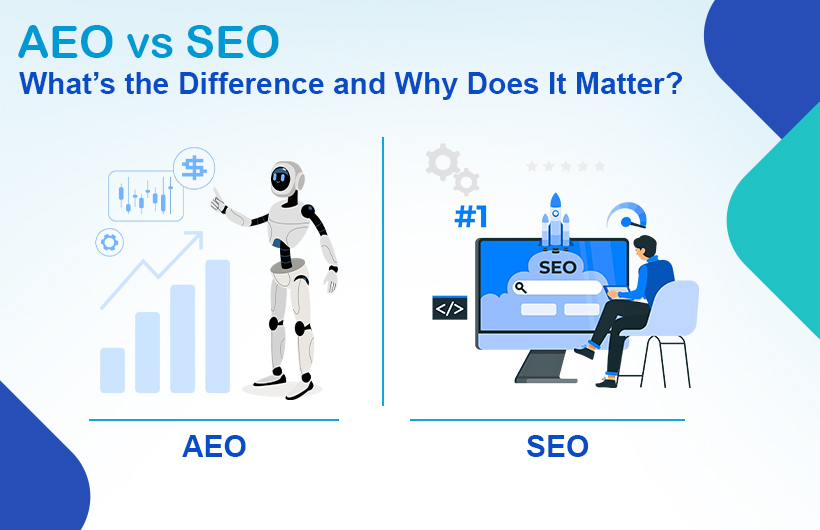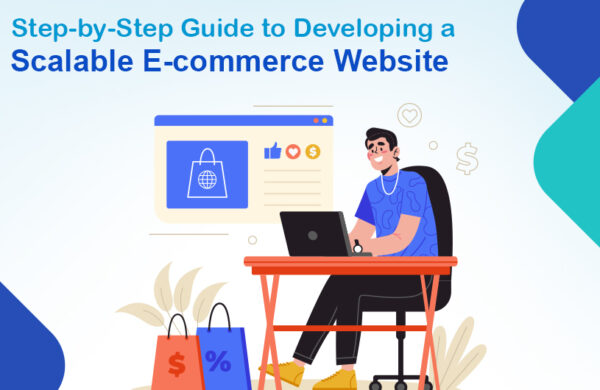As the digital world evolves, so does the way users search for information. While traditional search engines like Google still dominate, new technologies powered by artificial intelligence are reshaping how people get answers online. This is where the concept of Answer Engine Optimisation (AEO) steps in. But how does AEO compare with the well-known Search Engine Optimisation (SEO)? Understanding AEO vs SEO is crucial for businesses like Monarch Innovation that want to stay ahead in the digital landscape.
Let’s break down what each strategy means, how they differ, and why combining both could be the smartest move for your business.
What is SEO?
Search Engine Optimisation (SEO) is the process of improving your website’s visibility in organic search results on platforms like Google, Bing, and Yahoo. It involves optimising various elements such as:
- Keywords: Finding and using the terms your audience is searching for.
- Content: Creating valuable, relevant information that matches user intent.
- Technical aspects: Faster site, mobile-ready design, and smart data structure.
- Links: Earning backlinks from reputable sites to build authority.
The goal of SEO is to rank higher on search engine results pages (SERPs) and drive more organic traffic to your website. For years, this has been the gold standard of digital marketing.
What is AEO?
Answer Engine Optimisation (AEO) is a relatively new approach that focuses on optimising content to provide direct answers to user queries. Unlike traditional search engines, answer engines like Google’s feature snippets, voice assistants (Siri, Alexa, Google Assistant), and AI chat tools aim to deliver precise answers immediately, often without requiring the user to click through to a website.
AEO focuses on organising content in a way that allows search engines to interpret and deliver accurate answers efficiently. This involves:
- Communicating with straightforward, concise wording that addresses frequently asked questions.
- Implementing structured data (schema markup) so search engines and answer engines can easily interpret your content.
- Anticipating conversational queries, especially those made through voice search.

AEO vs SEO: The Key Differences
While both strategies aim to improve your online visibility, AEO and SEO serve slightly different purposes:
| Aspect | SEO | AEO |
| Goal | Rank higher in search results | Provide direct answers to queries |
| Audience behavior | Users browse results, click sites | Users look for immediate answers |
| Optimisation focus | Keywords, backlinks, content depth | Structured data, clear Q&A style |
| Outcome | Drives traffic to your website | May provide answers without a click-through |
This doesn’t mean AEO replaces SEO. Instead, the rise of answer engines means businesses need to rethink their strategies to cater to both.
Why AEO Matters Now More Than Ever
AI-powered answer engines and voice search have changed how people look for information. According to reports, over 50% of searches are now voice-based, and many queries are phrased as questions. Users often expect immediate answers instead of scrolling through multiple pages.
How to Optimise for AEO and SEO Together
The best approach isn’t choosing AEO vs SEO, but integrating both. Here’s how you can do it:
1. Understand Your Audience’s Questions
People search differently on voice and AI tools compared to traditional search. They’re more conversational, often asking complete questions like “What is additive manufacturing?” or “How does rapid prototyping work?”
Use tools like Google’s People Also Ask, Answer the Public, or even chat-based AI to see common questions in your niche.
2. Structure Content for Both Clicks and Answers
- For SEO, continue building long-form, comprehensive pages that establish authority.
- For AEO, break content into smaller, scannable sections with clear headings and direct answers. Use bullet points, FAQs, and summary boxes.
3. Implement Structured Data
Schema markup enables search and answer engines to grasp the meaning of your content. Incorporating an FAQ or How-To schema can improve visibility in featured snippets or response boxes.
4. Focus on Clear, Conversational Language
Avoid overly technical jargon unless necessary. Even in B2B industries, clarity matters. Write as if you’re directly answering a customer’s question.
5. Optimise for Voice Search
People talk differently than they type. Voice queries are longer and more natural. Make sure your content mirrors this style by answering who, what, where, when, why, and how questions.
Why This Strategy Works for Businesses
- Better visibility across platforms: Whether customers are typing on Google or asking Alexa, your content is positioned to show up.
- Establishing authority: When your content gets picked up as a featured answer, it reinforces your brand as an industry expert.
- Driving qualified leads: Even if a user doesn’t click through, brand recall can drive future business when they need a trusted provider.
Final Thoughts: AEO and SEO Go Hand in Hand
As answer engines continue to grow, ignoring AEO could mean missing out on significant visibility. However, SEO remains essential for building website authority and capturing organic traffic.
Rather than viewing it as AEO vs SEO, think of it as an evolution where both strategies work together to enhance your digital presence. By creating well-structured, informative content that serves both human readers and machines, businesses can future-proof their online marketing efforts.
Ready to future-proof your digital presence?
Whether you’re optimising for search engines or AI algorithms, Monarch Innovation can help you stay ahead. Our expert team blends SEO and AEO strategies to boost your visibility across Google and AI-driven platforms.
Contact us today to elevate your content strategy and reach the right audience smarter and faster.






